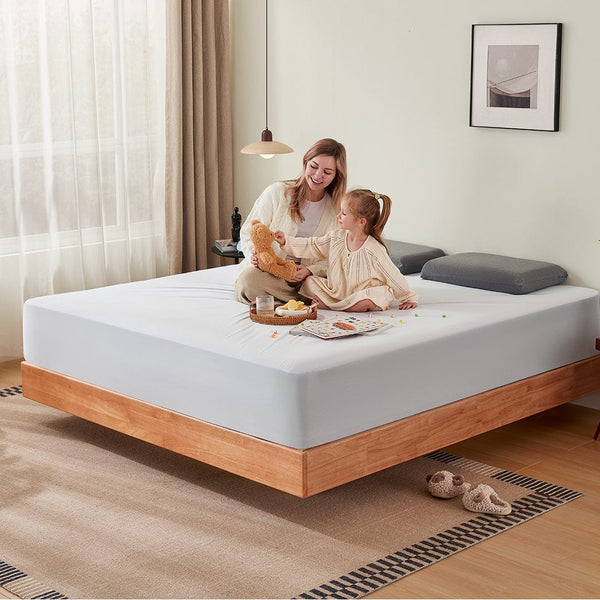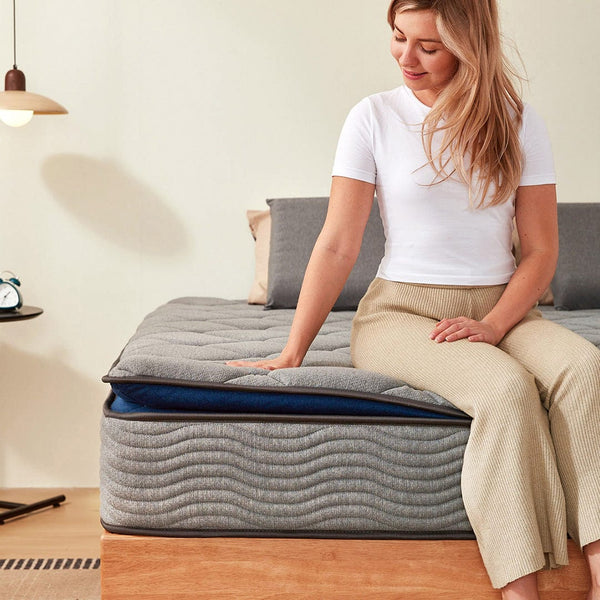Is it possible to have bed bugs and not notice them?
Yes, it's definitely possible to have bedbugs without seeing any signs on your mattress itself. These pests are experts at hiding in numerous tight spaces beyond just the bed. They can be found tucked away in furniture, along baseboards, inside electrical sockets, or even within wall voids.
How long does it take to realize you have bed bugs?
One of the simplest ways to suspect bedbugs is noticing bites on your face, neck, arms, hands, or other exposed skin. However, these bites can take up to two weeks to appear on some individuals, so it's crucial to look for additional signs when checking for a bedbug infestation.
Can you get bed bugs from being around someone who has them?
While bed bugs don't live on people like lice, you can get them from being around someone who has an infestation. Bed bugs are excellent hitchhikers. They can easily cling to clothing, bags, and other personal belongings. If someone with bed bugs sits on your furniture or places their bag down in your home, they could potentially transfer bed bugs to your environment. It's important to be cautious in places where bed bugs might be present, like hotels or public transportation, and inspect your belongings when you return home.
Do bed bugs go away on their own?
Generally, no, bed bugs will not go away on their own. They are resilient pests that rely on blood meals to survive and reproduce. Unless they are completely deprived of a food source for an extended period (several months, possibly up to a year in ideal, but unlikely, conditions) and the temperature isn't favorable for their survival, they will persist. In most real-world scenarios, an infestation will continue to grow if left untreated. Active intervention and treatment are necessary to eliminate bed bugs.
What smell do bed bugs hate?
Bed bugs are repelled by the strong, overpowering smell of garlic. Crushing garlic or making garlic-infused water to spray around their hiding places might deter them. Similarly, the fresh, woody scent of rosemary oil can confuse bed bugs, making it difficult for them to find a host, making it a good option for spraying on sheets and bedding.
What Attracts Bed Bugs?
Contrary to popular belief, bed bugs aren’t drawn to dirt or clutter. Instead, they’re attracted to body heat, carbon dioxide exhaled by humans, and the scent of blood—essentially making them microscopic, drama-free vampires fixated on survival.



























